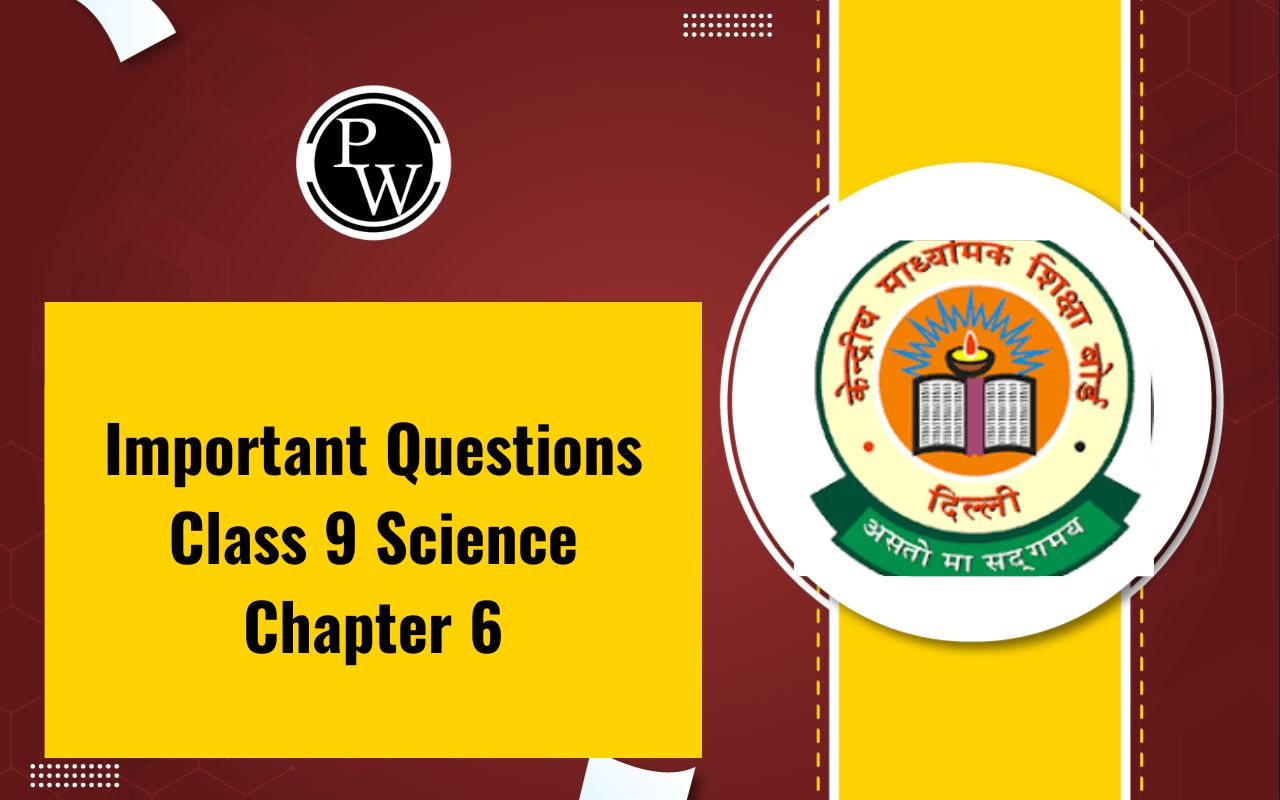
NCERT Solutions for Food Security in India Class 9 Question Answer PDF
To access these valuable solutions and enhance your understanding of food security in India, click on the PDF link provided below.NCERT Solutions for Class 9 Social Science Economics Chapter 4 - Food Security in India PDF
NCERT Solutions for Class 9 Social Science Economics Chapter 4
Exercises Page No 53 1. How is food security ensured in India? Answer: To ensure the availability of food to all sections of society, the Indian government carefully designed a food security system, which is composed of two components: (a) buffer stock and (b) public distribution system. Food security is ensured in India in the following ways:- Availability of Food – food produced in the country and the previous years’ stocks saved by the Government
- Accessibility of Food – food reaches every citizen of the country
- Affordability of Food – every individual should have the money to afford food which is safe and nutritious
| NCERT Solutions for Class 9th Social Science Economics Chapter wise List |
|---|
| Class 9 Economics Chapter 1 The Story of Village Palampur |
| Class 9 Economics Chapter 2 People as Resource |
| Class 9 Economics Chapter 3 Poverty as a Challenge |
| Class 9 Economics Chapter 4 Food Security in India |
- The quality of food provided to poor people is less than the expected quality of food grains.
- The ration shop deals indulge in malpractices and do not provide the poor people with the entire quantity they deserve.
- Some ration shops are not opened regularly, and this causes discomfort to the poor.
- The ration shopkeepers even update wrong entries in the name of the poor people.
NCERT Solutions for Class 9 Social Science Economics Chapter 4 FAQs
What is food security, and why is it important in India?
Food security refers to ensuring that all individuals have access to sufficient, safe, and nutritious food at all times to maintain a healthy and active life. In India, food security is crucial due to its large population and diverse socio-economic conditions.
What are the main factors contributing to food insecurity in India?
Food insecurity in India can be attributed to various factors, including poverty, unequal distribution of food resources, inadequate infrastructure, climate change impacts on agriculture, and social inequalities.
What are the government initiatives aimed at ensuring food security in India?
The Indian government has implemented several initiatives to address food security challenges, such as the Public Distribution System (PDS), Mid-Day Meal Scheme, Integrated Child Development Services (ICDS), and the National Food Security Act (NFSA).
Are the solutions provided in NCERT Solutions for Class 9 Social Science Economics Chapter 4 accurate?
Yes, the solutions are prepared by experienced subject matter experts and are based on the content provided in the NCERT textbook. They are accurate and aim to provide clear explanations to students.
How can NCERT Solutions for Class 9 Social Science Economics Chapter 4 help students?
These solutions offer step-by-step explanations and solutions to the problems, helping students grasp the concepts of food security more effectively. They also serve as a valuable resource for exam preparation, enabling students to practice solving problems and revise important topics.
Talk to a counsellorHave doubts? Our support team will be happy to assist you!

Check out these Related Articles
Free Learning Resources
PW Books
Notes (Class 10-12)
PW Study Materials
Notes (Class 6-9)
Ncert Solutions
Govt Exams
Class 6th to 12th Online Courses
Govt Job Exams Courses
UPSC Coaching
Defence Exam Coaching
Gate Exam Coaching
Other Exams
Know about Physics Wallah
Physics Wallah is an Indian edtech platform that provides accessible & comprehensive learning experiences to students from Class 6th to postgraduate level. We also provide extensive NCERT solutions, sample paper, NEET, JEE Mains, BITSAT previous year papers & more such resources to students. Physics Wallah also caters to over 3.5 million registered students and over 78 lakh+ Youtube subscribers with 4.8 rating on its app.
We Stand Out because
We provide students with intensive courses with India’s qualified & experienced faculties & mentors. PW strives to make the learning experience comprehensive and accessible for students of all sections of society. We believe in empowering every single student who couldn't dream of a good career in engineering and medical field earlier.
Our Key Focus Areas
Physics Wallah's main focus is to make the learning experience as economical as possible for all students. With our affordable courses like Lakshya, Udaan and Arjuna and many others, we have been able to provide a platform for lakhs of aspirants. From providing Chemistry, Maths, Physics formula to giving e-books of eminent authors like RD Sharma, RS Aggarwal and Lakhmir Singh, PW focuses on every single student's need for preparation.
What Makes Us Different
Physics Wallah strives to develop a comprehensive pedagogical structure for students, where they get a state-of-the-art learning experience with study material and resources. Apart from catering students preparing for JEE Mains and NEET, PW also provides study material for each state board like Uttar Pradesh, Bihar, and others
Copyright © 2025 Physicswallah Limited All rights reserved.
Get App









